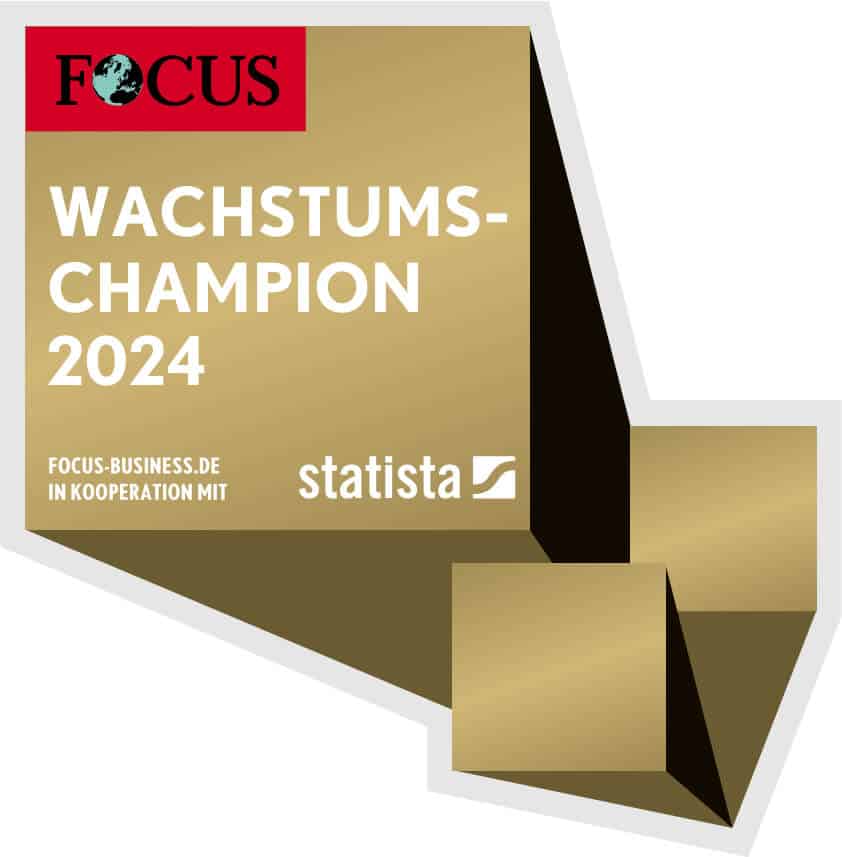The large number of online services available on the Internet that support collaboration leaves many decision-makers wondering which of these tools should be used for which scenario. The TCI, supported by a decision tool, offers assistance with the selection and subsequent implementation. The following article outlines the initial situation in which many companies find themselves today, the challenges they face and the dimensions according to which the requirements of online collaboration tools can be differentiated. The article concludes with an example scenario of how the selection can be made using TCI's tried-and-tested needs analysis tool.
Where companies stand in terms of online collaboration tools
In companies, communication by e-mail is still the means of choice. In the meantime, however, there are applications and online services that make it possible to organize communication within a team, with customers or within an entire company much more effectively. It is important to note that some of these applications are specific, for example
- Dropbox
- Google Drive
- OneDrive for Business.
These are primarily designed for storing personal documents. They support one of the most important needs in the company: Secure exchange of documents within the company and across company boundaries. However, they also have a wide range of additional features, such as "sharing" a document with other users or editing documents in the browser with Office Online, for example.
The question now arises: Which of the many applications or online services are made available to users in companies and in what context? In addition to considering security and data protection issues, a sensible approach is to compile the relevant usage scenarios and assess them in terms of their need for collaboration. The applications can also be classified according to their contribution to communication in the scenarios and then a decision matrix can be used to determine which services should be used in a company.
Need for cooperation
The need for collaboration support depends heavily on the business process and the role of the employees.
Sales employees, for example, are often on the road visiting customers and therefore need easy access to information as well as the ability to easily share insights from conversations with other colleagues. Applications such as Yammer, which can be used to combine communication in groups, are suitable for this. It is important to note that the chosen method of communication must work very well on mobile devices. on business trips be available.
If team members are working together on a project that has a very tight time frame, it is important to exchange information quickly. This in turn needs to be structured into sub-projects. Slack or Microsoft Teams are suitable for this. The latter has integrated real-time video and audio communication.
Categories/dimensions of cooperation
The need for communication has many dimensions. To assess it, it can be classified according to various categories. These categories are summarized below:
1st target group
Intranet portals address entire companies. OneDrive for Business is a tool for personal work, which in a few cases is shared with others. Accordingly, the needs and characteristics of communication can be divided into the areas of personal, group or team, department, company or external.
2. confidentiality
In the field of research in particular, it is important that cooperation in connection with confidential information precisely controlled can be made. This is particularly relevant when working with external research partners. They should have access to certain documents, but not be able to share these access rights with other, unauthorized persons.
3. reaction time
As described above, the requirement here can be that team members are informed quickly and can respond just as promptly. The response time requirement can therefore be classified as urgent, medium or low, depending on the case.
4. find
If a project development team needs to find out who else in the company has experience in a particular topic, the applications must provide the necessary support. To this end, services such as Yammer have the ability to store and locate employee profiles in great detail. Similarly, it is also about finding information, expertise, people and knowledge.
5. share
In addition to finding information, communication tools need other features to ensure that these elements can also be shared. When a keynote is created for a sales event, several people are always involved. Instead of sending the PowerPoint by email, it is much more effective if the file is stored in a central location and everyone involved can access it - and above all work on it at the same time.
6. teamwork
Team collaboration can be very interactive, for example in a software development project in a Scrum SprintThe cooperation is closer than when a department is informed via an intranet.
7. productivity
When working together, it is also necessary to improve productivity in the processes. If an offer is to be created for a customer in sales, people with different roles come into play depending on the phase of the project. Instead of managing this on an ad hoc basis via email, you can Workflow-systems can be very helpful. Applications such as SharePoint from Microsoft have the necessary features for this.
8. tonality
The appearance of the communication platform is particularly relevant when working with external business partners. This also applies if the corporate identity is to be used consistently on an intranet. The situation is different internally: For example, teams in software development tend to communicate more informally, for which chats in Slack are perfectly adequate.
Selection procedure
In a TCI selection tool for online collaboration tools, the various services are assessed according to their contribution to the respective categories. In collaboration with customers, the next step is to describe the relevant scenarios and assess their need in the categories.
The tool then maps the capabilities of the services with the customer's requirements and proposes a ranking list.
Collaboration in sales: Example case for the selection of online collaboration tools
The following scenarios are important for sales staff:
- Target group: Here it is important to communicate externally - i.e. with customers.
- Confidentiality: Confidential information is rarely shared in sales.
- Response time: This must be high.
- Find: It must be possible to find information quickly and reliably in the process of preparing for or following up on customer appointments.
- Share: It must also be possible to share certain information with customers.
- Teamwork: This is limited to sales areas or specific product areas, but does not have to be closely linked.
- Productivity: A lot can be saved in sales in particular if documents, such as quotations, can be processed and then approved quickly and reliably.
- Tonality: If information can be shared externally, the appearance should be professional.
If these specifications are entered as an example in the selection tool for the online collaboration tools, the following picture emerges:

SharePoint Online from Microsoft is particularly suitable for internal and external collaboration. The ability to customize pages means that the requirement for a professional tone is also perfectly met. The function for sharing documents externally is easy to use and enables customers to make certain documents available quickly.
Briefly about the other tools that achieve higher scores in this example scenario of the selection tool for online collaboration tools: Yammer is a "Facebook" for companies. Sales teams can set up their own closed Yammer groups and use them to exchange information effectively in the relevant context. Skype for Business is a tool that, like Cisco WebEx, enables spontaneous communication using sound and images.
(Cover image: © SFIO CRACHO | fotolia.com)


